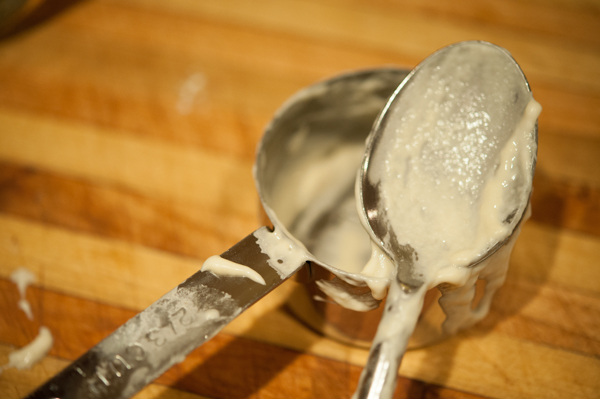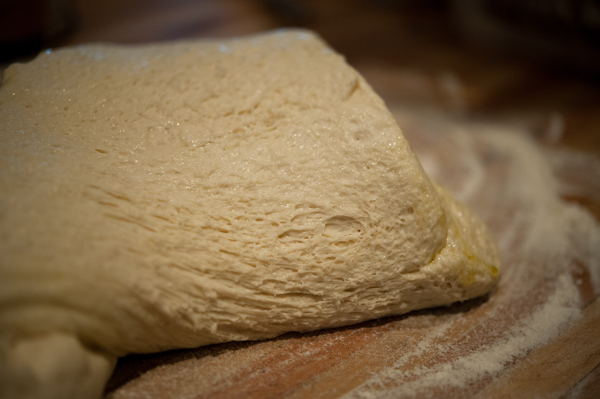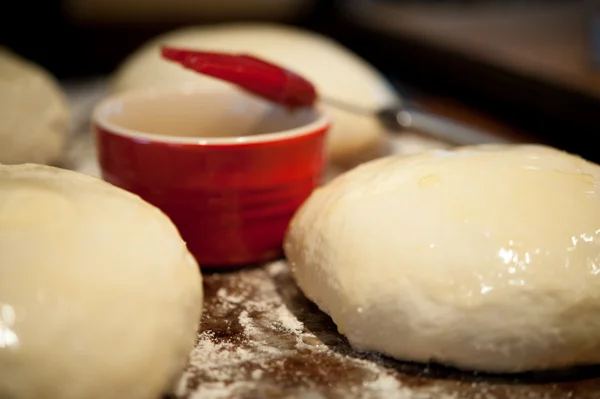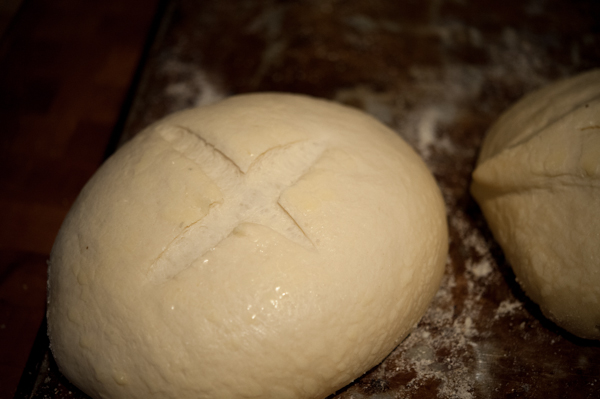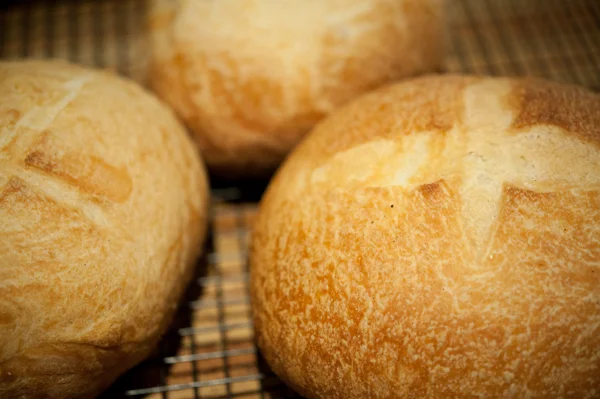The words you speak become the house you live in.
Hafiz
I've always enjoyed making bread (check out my recipe for Good Old-Fashioned White Bread) but hadn't, until recently, taken the leap into bread made with wild yeast. Rebecca, my friend from Madison, posted a photo of a beautiful loaf of bread made from a starter that's been living and growing for over 100 years and offered portions of the starter to anyone who wanted a jar of ancient, wild yeast in their kitchen. Of course, I replied in the affirmative and a few weeks later, picked up a Mason jar full of bread possibilities and started thinking about the similarities between building bread and building community.
I met Rebecca a few years ago at the Pow-Wow at Northland College and we've continued to run into each other, both in person and virtually, over the past three years thanks to a hair-brained scheme to dig the world's largest open-pit iron-ore mine in the Penokee Hills near the Bad River Watershed. The mining issue has created a community of people who have joined forces to protect the lakes, streams, waterfalls, sloughs and forests of northern Wisconsin. It's a diverse, wide-spread group of folks who each bring their individual perspectives, thoughts and passions to a common goal— protect our vulnerable and precious region for the generations who will come after us. And like that Mason jar of bread possibilities fueled by wild yeast and bacteria, this community of environmental stewards is as vigorous and diverse as the starter Rebecca shared with me.
The tricky thing about a sourdough starter is that it needs attention— younger starters need more care (in the form of flour and water) to grow while an older starter, like Rebecca's, has created a strong culture and, while it can survive a fair amount of neglect, still needs to be divided and fed. Creating a healthy community has much the same needs as a young starter— lots of energy and passion must be mixed with a healthy dose of the common good in order for the community to take root and start to nourish itself. But even with strong roots and shared values, there must be an understanding that the work of supporting and sustaining the group continues on, in perpetuity. If not, like a neglected starter in the nether regions of a refrigerator, the community atrophies and disbands; not from a lack of shared ideals but from a lack of nurturing and support. How does a community organize itself to support sustainability, vitality and incorporate people, who like wild strains of yeast, are native to the landscape but may bring a variety of approaches to the act of building and maintaining a strong community?
Wild yeast is an entirely different animal than a packet of commercial yeast. Not only does it take a lot longer to encourage the flour and water to rise to new heights, the process of encouraging the rising is completely different. When I make bread with manufactured yeast, I can rest assured there will be a perfectly acceptable, although somewhat one-dimensional, loaf of bread cooling on my kitchen counter in about four hours. Not so with bread made with a starter— I need at least 24 hours, a certain amount of intuitive interaction with my bread dough and a familiarity with how my starter reacts in my environment. If the bread is rising too slow, there are a number of factors I need to consider: did I add too much flour, was the starter was too cold or maybe, the bread is working on its own time-table and I better 'get along, go along' with the process. In addition to the shifting sands of dealing with a fermenting dollop of starter, the taste and depth of flavor is profoundly different— all those strains of wild yeast bring a little something special to the table and result in a complex and delicious boule. As I worked with Rebecca's starter, I began to notice its patterns and could predict when it needed to be fed, how much starter to add for my levain and what temperature produced the perfect balance between flavor and oven spring.
Bread making, much like community building, is best done when there is an intimate understanding of the 'lay of the land' and that the growth and vitality needs to be created from indigenous, not outside, resources. While my starter requires upkeep and an abundance of wild yeast and bacteria, it's entirely native to my kitchen— the yeast that's required to transform the shaggy mass of dough into a golden brown boule of bread lives among and within the walls of my home. Building strong communities requires the same sense of place; the catalysts for creation and maintenance must be indigenous to that patch of earth and group of people. And since a healthy starter produces an abundance of yeasty dough, I've distributed Mason jars full of bread possibilities to my friends and the yeast that was born in my kitchen is busy transforming itself to mirror its new environments. All the while, my starter keeps bubbling and fermenting; not in any way harmed or diminished by finding itself divided and shared. Isn't that what we want when we talk about sustainable towns and communities; a living organism whose sole task is to support itself, and those who depend on it, as well as preserving the landscape so it can continue to sustain us?
A vigorous starter is, at its core, a fully functioning ecosystem— complete with a healthy equilibrium of yeast, bacteria and acid. The echoes of the strains of yeast and bacteria that took root all those years ago created an environment that allows the yeast that's native to my kitchen to flourish and grow. It's not much different with an ecosystem populated with people, trees, birds, wild rice or water— equilibrium must be maintained to ensure the continued health and vitality of the community. And constructing a narrative that builds on the echoes of our shared history and the quiet voices of the natural world is as vital to our health and well-being as my starter's weekly meal of flour and water is to its continued growth. If I were to ignore the work that must be done to keep that starter healthy, it'll die. While I can start another one, it will never be the same. Once the history and narrative is lost, it can not be re-created— it will always pale in comparison to what was.
It's of utmost importance that our shared narrative reflect the community where we live. When we use words, phrases or slogans that aren't native to our community, it upsets the equilibrium and we aren't able to encourage each other to rise. My starter doesn't need a tablespoon of chicken liver to be more 'productive', it just needs flour and water...and that's it. The fragile ecosystem of the Lake Superior basin doesn't need a mine to become vigorously healthy; it needs rocks to stay in the ground, trees to remain standing and clean water to bubble up from deep in the earth...and that's it. And this is where the indigenous narrative comes in. When I measure the health and wealth of my community using words native to this place, I use words like clean air, abundant water, maple syrup, unmolested forests, pristine trout streams, wild rice beds and most importantly, a community of impassioned people woven into a tapestry created from strands born of a deep love of Lake Superior, the Penokee Hills, the Chequamegon Bay and the Bad River Watershed. I will not continue to use the words that echo in our country's statehouses or boardrooms, spoken by those who have much to gain by muddying the waters and declaring the only narrative worth considering is one born of greed, money and hubris.
As I look towards a future where it has become the norm to devalue and destroy what's wild and replace it with a pale imitation of its former grandeur; northern Wisconsin has a chance to not only re-write our shared narrative about protecting these wild and vulnerable places but we have enough starter to share with other communities who value what is wild and untamed. It's time to turn the page and speak the words that were born in our watershed and flow downstream into Lake Superior— the narrative that declares these places with abundant water, red pines, hemlocks, yarrow and a night sky are worth saving.
Sourdough Bread
Levain
1 cup starter
1 1/2 cup unbleached bread flour
1/3 cup water
Butter, to grease the bowl
Final Dough
5 cups bread flour
1 1/2 tablespoons kosher salt
2 cups lukewarm water
Preparation
Remove the starter from the refrigerator and remove 1 cup and place it in a medium bowl (at this point, you will want to 'feed' your original starter with about 1 cup flour and 1/2 cup warm water, set aside at room temperature until it has doubled in volume, cover and place it in the refrigerator again). Wait for about an hour, or until the starter has reached room temperature, and add one cup of flour and 1/3 cup of water. Mix thoroughly, cover and set aside, in a buttered bowl, for about 4 hours, or until doubled in size. After it has doubled in size, place it in the refrigerator for at least 8 hours or up to 24 hours.
Remove the starter from the refrigerator and let it warm up to room temperature. Add the starter, 5 cups of flour and salt to the bowl of a stand mixer or a large mixing bowl and mix to combine. Add the water, about a 1/4 cup at a time, until the dough starts to come together. Knead by hand for about 8 -10 minutes (or 5 minutes with the stand mixer) and allow to rest for 15 minutes. Repeat two additional times, adjusting flour and water if necessary. The dough should be firm but tacky. Place the dough in a oiled bowl, covered, and let it ferment at room temperature for 4 - 6 hours.
Gently remove the dough from the bowl and divide into two pieces. Proof the dough in bannetons or on a parchment-lined baking sheet dusted with semolina or corn meal. Brush oil or melted butter on the exposed part of the dough and loosely cover with a cloth towel or plastic wrap. Let rise for about 3 - 4 hours.
Preheat the oven to 450 degrees and place a baking stone and sheet tray in the oven. Generously dust a baking peel with semolina, gently unmold the dough from the bannetons, score the dough and slide onto the baking stone. If you used a sheet tray to proof the dough, uncover the boules, score the dough and place in the oven (on the parchment covered sheet stray). Pour one cup of hot water on the sheet tray (that you placed in the oven with the baking stone) and quickly shut the door. Bake for about 30 minutes (rotating half-way through) or until the loaves reach an internal temperature of 200 degrees in the center and they are a golden brown.
Transfer to a cooling rack and cool for at least 30 minutes before slicing. Makes two loaves.

